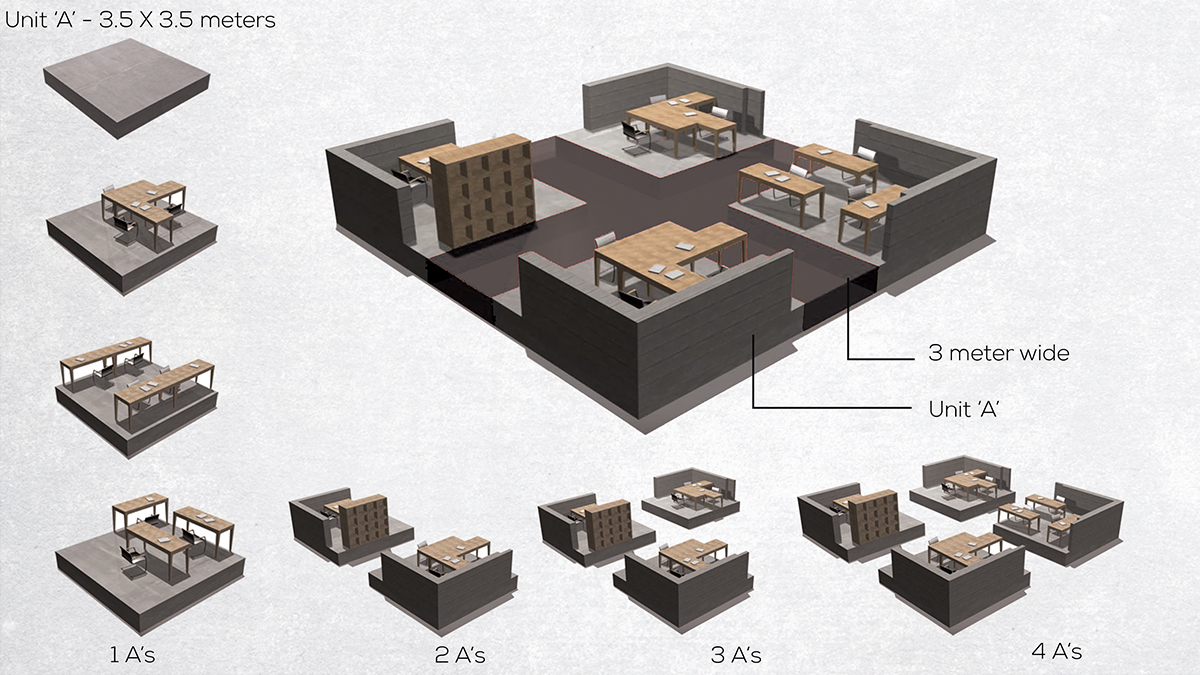Institutions are the kinds of structures that matter most in the social realm. At some stage, we need to consider how institutions structure social interactions and how they are established and embedded. In part, the durability of institutions stems from the fact that they can usefully create stable expectations of the behaviour of others. Generally, institutions enable ordered thought, expectation, and action by imposing form and consistency in human activities.
“The first thing that an architect must do is to sense that every building you build is a world of its own, and that this world of its own serves an institution.”
Louis Kahn
Institutions both constrain and enable behaviour. The existence of rules implies constraints. However, such a constraint can open up possibilities: it may enable choices and actions that otherwise would not exist. For example, the rules of language allow us to communicate; traffic rules help traffic to flow more easily and safely; the rule of law can increase personal safety. Regulation is not always the antithesis of freedom; it can be its ally.
The Premise: Jaipur, Rajasthan
Nestled on the plains of Aravali ranges, City of Jaipur was designed as per principles of mandala in city planning. This royal city captivates travellers as it is known for its rich culture and tradition, magnificent art and artefacts, and brilliant past, the serene temples, the long standing forts and palaces.
The rules of the once princely state oversaw the construction of buildings in the city and made sure that they follow the traditional Rajput architectural design. Various ancient books and repositories were consulted while designing this city.
Design Problem: A place for democracy
Every institution no matter, however small or significant, has emerged from the life of people. Such places continue to form images in the thoughts of people. The public domain, the realm of the political talk and action between the governance and the society, sets up a similar image. Democracy requires a physical space for its performance. Certain kinds of spatial arrangements may organise or magnify or silence the particular behaviours that are valuable to this system.
A place for democracy needs to integrate values such as access, transparency, openness and sustainability into the very fabric of their work. Architecture not only becomes a part of the dialogue between different cultures but an instrument in the struggle for human rights on a global scale. Increasing isolation between political elites and the commoners or the lack of connection between a community narrative of people and the respective physical environment, while not fatal to democracy, may weaken it crucially or prove damaging in the long run. Richard Sennett, in particular, has been widely influential in noting what he calls the ‘fall of public man’, which he traces through the loss of spaces in which people can act as citizens, and a preference for spaces through which people transit, or act as consumers and displayers of their consumption.
The task for this studio is to design a municipal corporation for the city. It arises from the fact that the government of Rajasthan has decided to create an additional corporation in three major cities, including Jaipur. The department of local self government has decided to begin the delimitation process from November 15, 2019. Jaipur city will be divided into two parts — the Jaipur Heritage Municipal Corporation and Greater Jaipur Municipal Corporation. The studio will focus on designing the corporation for the walled city with a site located adjacent to the Jorawar Singh Gate on the Amer Road.
Tutors: Alankar Taishete, Chaitra Sharad, Mythili Shetty, Parnavi Karandikar, Prachi Nadkarni, Rinki Kotak, Sanket Mhatre
Jaipur Nagar Nigam: Aditya Jaju
“The design is a combination of grid pattern and connectivity originated in town planning of Jaipur, the first planned city in India, based on Hindu system of town planning and principles of Shilpa-shastra and a workplace in Apeldoorn the Centraal Beheer office building. Inspired by the planning and connectivity of these places, the design consists of 35 cubic elements of 10 by 10 meters each located around a core containing stairs, lifts and bathrooms. On each floor, there are two such cores with connecting corridors of 3 meters for human traffic. Each element is designed to be flexible and subject to the individual program function and its inhabitants. The building has an inter-penetrating grid of circulation and structure that leaves common space which can be modified for different purposes. These repetitions of cubic modules help in creating corridors connecting different spaces physically and visually, as well as for future development.”







